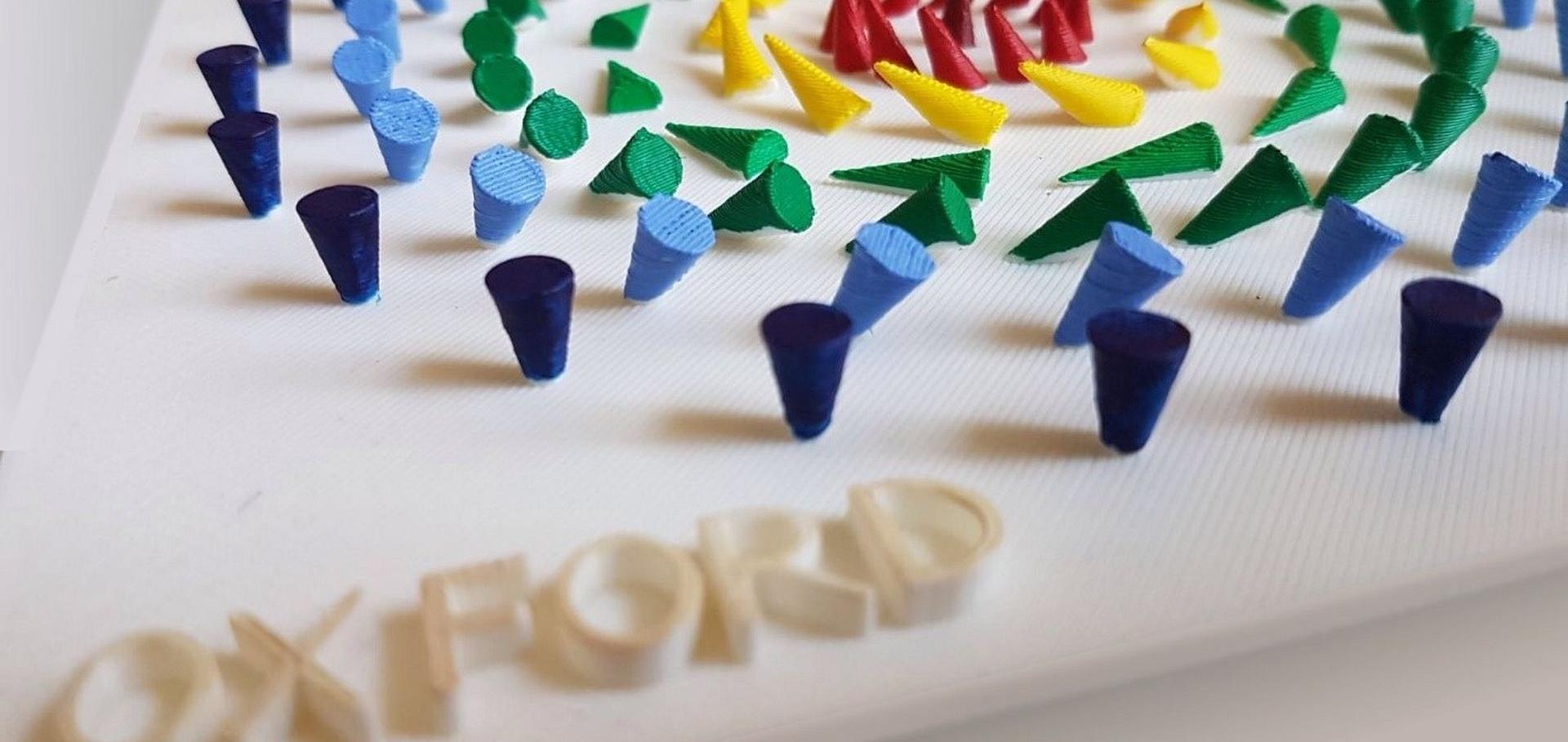Spin-orbit coupled spin-polarised hole gas at the CrSe2-terminated surface of AgCrSe2
npj Quantum Materials Springer Nature 8 (2023) 61
Abstract:
In half-metallic systems, electronic conduction is mediated by a single spin species, offering enormous potential for spintronic devices. Here, using microscopic-area angle-resolved photoemission, we show that a spin-polarised two-dimensional hole gas is naturally realised in the polar magnetic semiconductor AgCrSe2 by an intrinsic self-doping at its CrSe2-terminated surface. Through comparison with first-principles calculations, we unveil a striking role of spin-orbit coupling for the surface hole gas, unlocked by both bulk and surface inversion symmetry breaking, suggesting routes for stabilising complex magnetic textures in the surface layer of AgCrSe2.
Glancing-angle deposition of magnetic in-plane exchange springs
Physical Review Materials American Physical Society 20 (2023) 044027
Abstract:
Magnetic exchange springs (ESs) are composed of exchange-coupled hard and soft magnetic layers, i.e., layers with high and low anisotropy, respectively. The moments in the soft layer can be wound up by applying an external field, which has to be smaller than the anisotropy field of the hard layer. Alternatively, an ES can be realized by biasing the soft magnetic layer by two adjacent hard magnetic layers with different magnetic anisotropy directions. We have fabricated an ES layer stack by magnetron sputter deposition. As the hard magnetic bottom layer, we used epitaxial FePt L10, and as the top layer Co with both layers having different in-plane easy axes. These hard layers pin the moments of a soft permalloy (Ni81Fe19) layer sandwiched between them, winding up an ES at remanence. The anisotropy of the polycrystalline top Co layer was engineered by glancing-angle deposition to have in-plane easy axis anisotropy perpendicular to the easy direction of the bottom layer. Using soft x-ray spectroscopy and magneto-optical measurements, we found the in-plane ES to extend from the soft layer into the top layer of our FePt/permalloy/Co trilayer structure.Topological materials as promising candidates for tuneable helicity-dependent terahertz emitters
Proceedings of SPIE SPIE, the international society for optics and photonics 12683 (2023) 1268302-1268302-2-1268302-1268302-2
Wafer-Scale Epitaxial Growth of the Thickness-Controllable Van Der Waals Ferromagnet CrTe2 for Reliable Magnetic Memory Applications
Advanced Functional Materials (2023)
Abstract:
To harness the intriguing properties of 2D van der Waals (vdW) ferromagnets (FMs) for versatile applications, the key challenge lies in the reliable material synthesis for scalable device production. Here, the epitaxial growth of single-crystalline 1T-CrTe2 thin films on 2-inch sapphire substrates are demonstrated. Benefiting from the uniform surface energy of the dangling bond-free Al2O3(0001) surface, the layer-by-layer vdW growth mode is observed right from the initial growth stage, which warrants precise control of the sample thickness beyond three monolayer and homogeneous surface morphology across the entire wafer. Moreover, the presence of the Coulomb interaction at the CrTe2/Al2O3 interface plays an important role in tailoring the anomalous Hall response, and the structural optimization of the CrTe2-based spin-orbit torque device leads to a substantial switching power reduction by 54%. The results may lay out a general framework for the design of energy-efficient spintronics based on configurable vdW FMs.Imaging nucleation and propagation of pinned domains in few-layer Fe5–xGeTe2
ACS Nano American Chemical Society 17:17 (2023) 16879-16885


